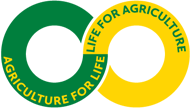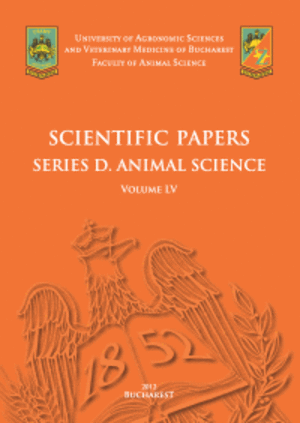Published in Scientific Papers. Series A. Agronomy, Vol. LXVIII, Issue 1
Written by Ana URSU, Geanina BIREESCU, Irina Gabriela CARA, Mariana RUSU, Denis ȚOPA, Gerard JITĂREANU
Phosphorus (P) is a crop-limiting nutrient, and its availability is challenging due to low solubility and high fixation rate. Rhizosphere activity, which mediates P uptake, can be promoted by inoculating phosphorus-solubilizing bacteria (PSB). This study aimed to evaluate soil total and accessible phosphorus (TP and AP), acid and alkaline phosphatases activity in response to PSB inoculation in different tillage practices. The field experiment was conducted on winter wheat, cultivated under conventional (CT), no-tillage (NT) and reduced tillage (RT). Both inoculations and the tillage systems were found to be associated with changes in TP and AP. In the CT and RT systems, alkaline phosphatase showed an increase in the bacterial inoculum treatments, 2-31% higher than the control in CT and 15-41% in RT. Across tillage systems, acid phosphatase activity was highest in RT (1.59-1.86 μg p-nitrophenol g-1 h-1), followed by NT (1.46-1.72 μg p-nitrophenol g-1 h-1) and CT (1.16-1.28 μg p-nitrophenol g-1 h-1). The soil air-water regime controlled by tillage practices influences rhizosphere activity and, together with bacterial inoculation, leads to variations in the investigated parameters.
[Read full article] [Citation]




